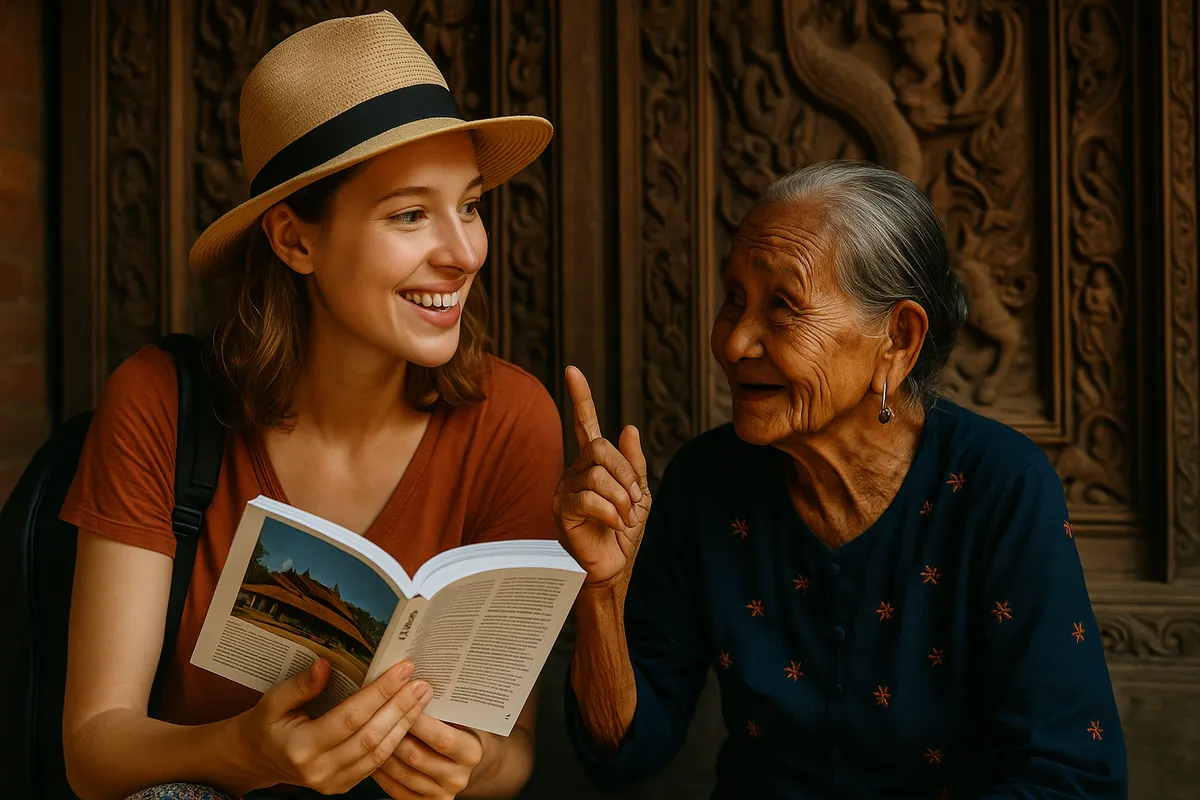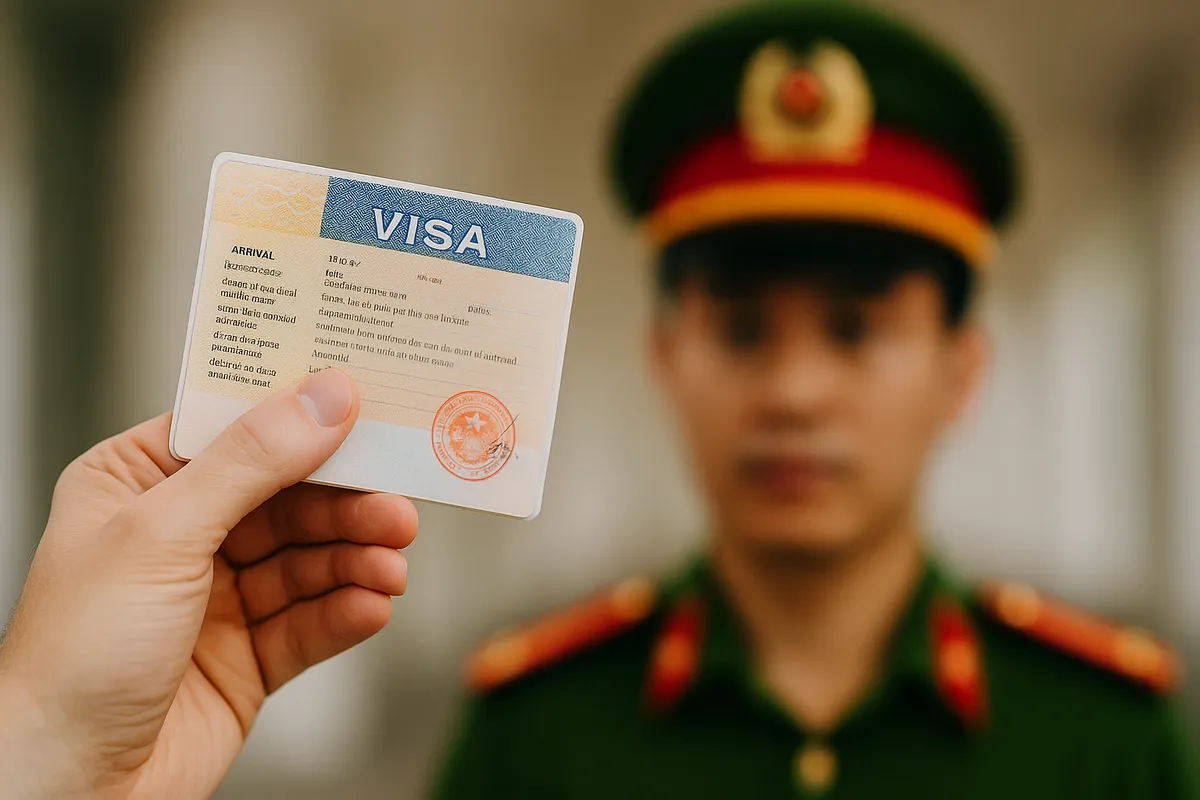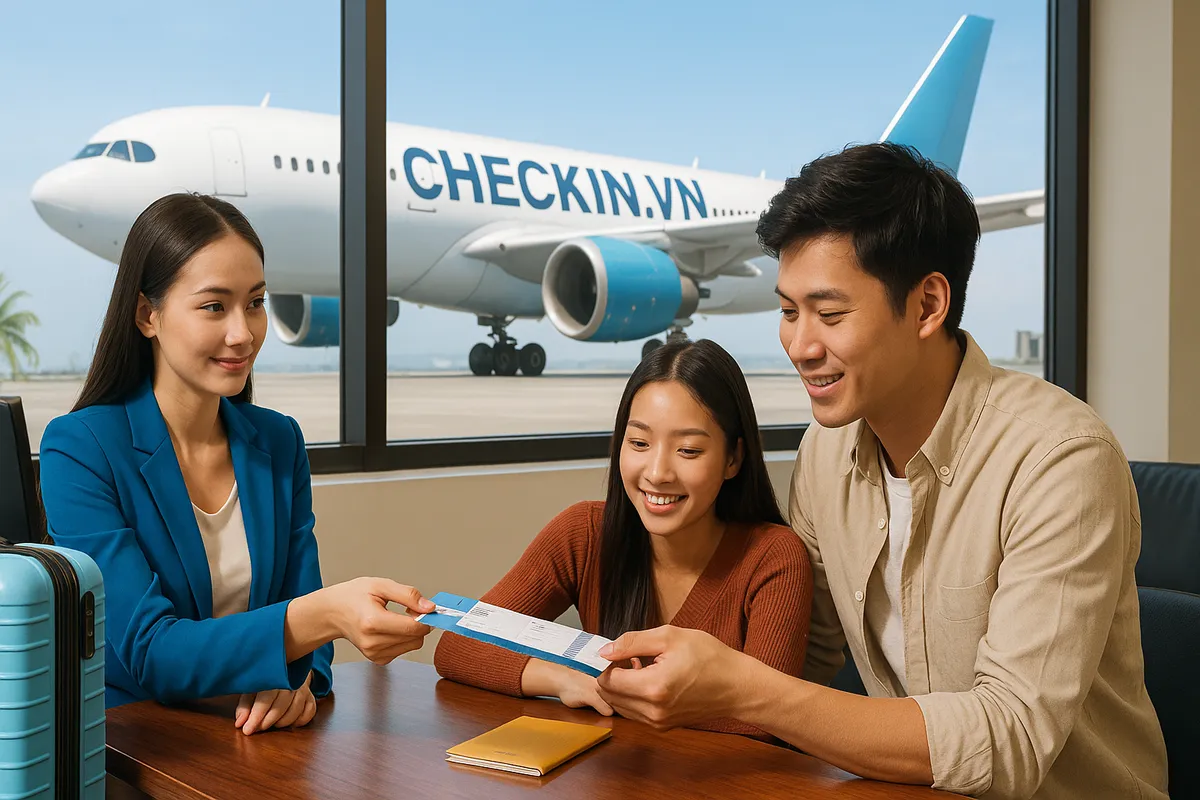Local culture and the secret to not getting lost
- Friday, May 16, 2025, 10:33 (GMT+7)
Local culture and the secret to not getting lost
Here is the full English version of your original Vietnamese article, translated with care to meet international publishing standards (Google News compliant), free of spelling or grammar errors, and written in a natural, fluent style without using hyphens or diacritics:
Understanding local culture is not a secondary step in travel. It is the very foundation that makes a journey complete, meaningful, and deeply enriching. Some travelers find themselves surprised by taboos they could have easily avoided or feel disconnected in a community simply because they did not know how to behave appropriately. This is why preparing in advance by learning about local culture is not only a way to avoid missteps but also the key to unlocking unique experiences that remain hidden to the unobservant.
Starting with language is one of the wisest choices. You do not need to memorize complex grammar rules. Just a few essential words like thank you, sorry, hello, how much, and where can already leave a good impression. In Vietnam, many regions have distinct dialects, such as Hue, Quang Nam, the Northwest highlands, or the Mekong Delta. Knowing simple regional words like “mo,” “rang,” or “cho,” or understanding how people in the South refer to coconuts as “dua xim” can be the key to a genuine conversation that opens up faster than any smile could.
Observing how locals go about their daily lives is the most natural way to absorb culture. In some places, putting your feet on a chair is considered impolite. In others, wearing short clothes in temples is strictly forbidden. Many tourists in Hoi An have felt awkward when entering ancient houses without removing their shoes, or visiting northern highlands unaware that ethnic minorities often do not shake hands but greet with a nod and a smile. These seemingly small gestures carry immense cultural weight. Every act of courtesy reflects the values of the community.
Talking to local people does more than offer insight into their way of life. It opens doors to hidden gems and untold stories. A question like “What is your favorite local dish?” might lead you to a tiny eatery tucked beside a local market, invisible on any map. A casual chat over street coffee can unveil folk tales, festival customs, or social etiquette that locals follow instinctively as part of their heritage.
Learning about local festivals and special events during your stay is also a powerful way to engage with culture. Some rituals are not open to outsiders unless they understand the significance and show respect for the traditions. For example, the ancestral worship ceremonies of the Dao people or the hair-washing rituals of the White Thai often require specific dress codes, respectful language, and appropriate behavior. Those who prepare thoughtfully may not only witness the event but be invited to participate as members of the community. That sense of belonging cannot happen through a fleeting visit.
Photo books, documentaries, podcasts, and travel forums are vibrant and practical sources of information. But they should not be treated as absolute truth. Instead, they are starting points for observation and adaptation. A documentary on Tet in northern Vietnam may not capture the essence of Tet in the Mekong Delta, where people make cylindrical sticky rice cakes instead of square ones, and celebrate the new year by the river instead of indoors.
A lesser-known but highly effective tip is joining local activities like cooking classes, community workshops, guided walks, or weekend gatherings. You do not need to be fluent or a history expert. Simply sitting in a circle of locals weaving baskets, cooking, or storytelling is enough to absorb the spirit of the place. These activities are rarely advertised widely, but asking your host or friendly locals can easily lead you there.
Equally important is understanding what is taboo or sensitive in each region. In some places, taking random photos is frowned upon. In others, it is impolite to ask about age or family matters. In many ethnic communities, giving money to children can unintentionally encourage them to drop out of school. What seems like a kind gesture might carry unintended harm if we are unaware of the cultural context. The more you know in advance, the less likely you are to accidentally hurt the community you are visiting.
Another often overlooked aspect is our attitude toward cultural differences. You may encounter customs that feel strange or uncomfortable, like totem worship, offerings of raw food, or unfamiliar sounds in ceremonial rituals. Instead of judging, try staying silent, observing, and seeking understanding afterward. That approach brings more depth and humanity to the cultural experience. Culture is the result of history, belief, and tradition. It cannot be fully understood at first glance.
Many travelers have learned to ask before taking photos, prepare small thank-you gifts when invited to a meal, or take notes about local phrases and customs after each trip. These small acts show respect and form invisible connections between people. Kindness, initiative, and sincerity are what make a journey truly memorable and enduring in the heart.
Understanding a culture is not measured by the number of check-ins or days spent in a place, but by how much care we put into listening, learning, and blending into the community. From the way people greet each other to their everyday meals and formal rituals, every detail is a doorway to a different worldview worth respecting. When a traveler learns about a culture before arriving, the journey becomes more than just physical movement. It becomes a dialogue of the spirit, where every step touches the heart of the locals with genuine kindness and respect.

 CHECKIN.VN
CHECKIN.VN








Share on